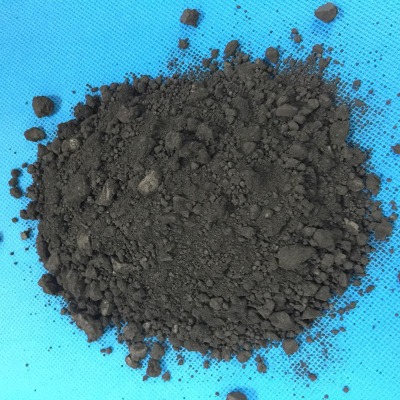Kingsmagnet’s rubber magnetic strips are flexible, elastic, and twistable magnets made by combining rubber with magnetic materials. The production process involves several key steps:
Magnetic Powder Selection:
Depending on the desired performance, suitable magnetic powders such as barium ferrite or strontium ferrite are selected. Key properties like particle size, purity, and magnetic strength directly affect the final product.
Rubber Base Selection:
Rubber materials such as neoprene, nitrile rubber, or EPDM are chosen as the carrier matrix. Each type of rubber offers specific advantages—like oil resistance, aging resistance, or flexibility—based on the end-use environment.
Additive Preparation:
Additives such as curing agents, antioxidants, and fillers are prepared to enhance the rubber's processability and improve the strip’s physical and chemical stability.

Equipment Setup:
Open mills or internal mixers are used. Open mills mix materials using two rotating rollers, while internal mixers blend materials in a closed chamber using rotors.
Mixing Process:
First, the rubber is plasticized to improve its processability. Then, magnetic powder and additives are added in a specific order and timing. Key factors like temperature, time, and mixing strength are carefully controlled to ensure uniform blending and product quality.
Extrusion:
The mixed compound is pushed through an extruder to create continuous rubber magnetic strips with a desired cross-section. This method offers high efficiency for long-length production.
Calendering:
The compound is flattened into sheets using calendering rollers, then cut or stamped into shape. Calendering produces smooth, evenly thick strips, ideal for thinner products.
Compression Molding:
The compound is placed in a mold and formed under heat and pressure. This method is suited for complex shapes with high dimensional accuracy, often used in small-batch or precision applications.
Purpose:
Vulcanization causes the rubber molecules to crosslink, forming a stable three-dimensional network. This enhances strength, hardness, elasticity, and resistance to aging.
Process:
The curing method (e.g., hot air, steam, or flat-plate vulcanization) and parameters (temperature, time, pressure) are selected based on the rubber type and product needs.
Principle:
A strong magnetic field is applied to align the magnetic domains in the powder, giving the strip its magnetic properties.
Methods:
Depending on the product’s shape and magnetic requirements, techniques such as pulse or direct current magnetization are used, with precise control of parameters.
Finishing:
The magnetic strips may be trimmed, cleaned, or coated with protective layers to enhance appearance and durability.
Quality Inspection:
Finished products undergo thorough testing, including:
Magnetic properties (remanence, coercivity, intrinsic coercivity)
Physical properties (hardness, tensile strength, elongation)
Visual and dimensional checks
Only qualified products are approved for market release.